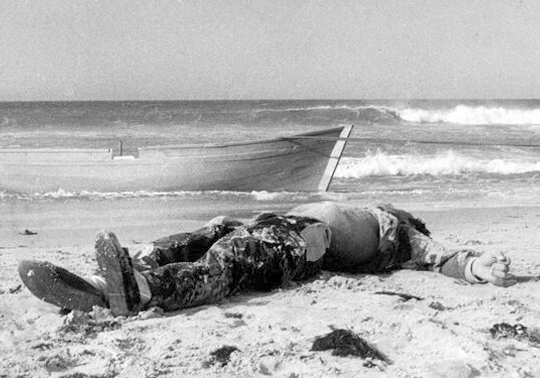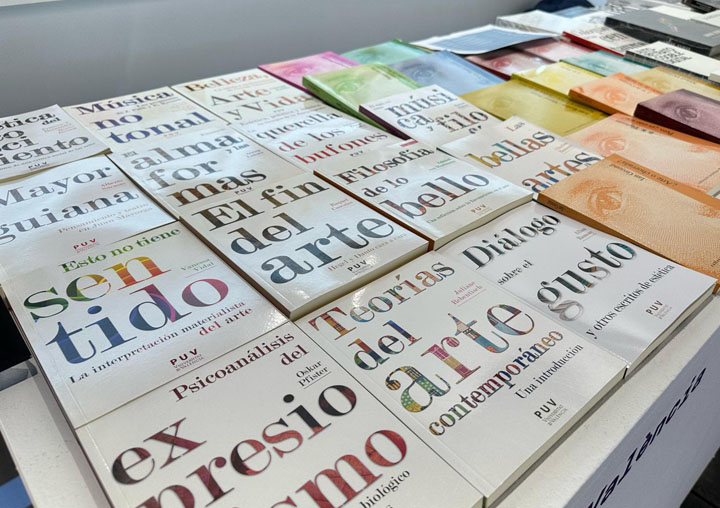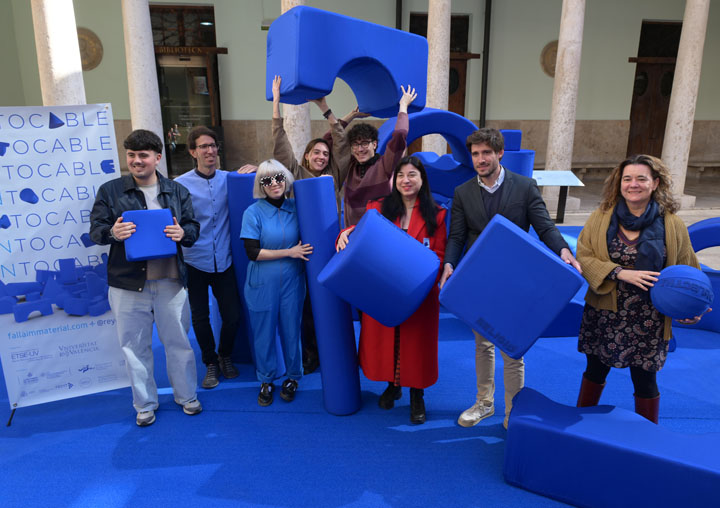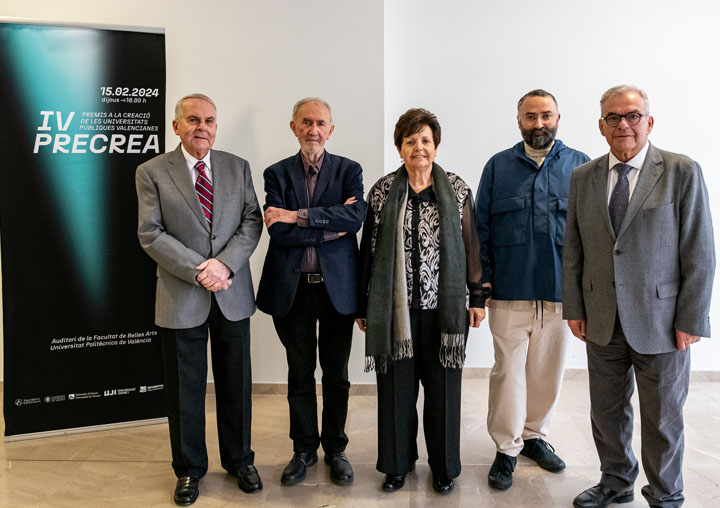The Institute of Human Rights presents a documentary about the death of immigrants in the Spanish coasts
- Tarongers Institutes Support Unit
- April 10th, 2019

The Institute of Human Rights of the Universitat de València (IDHUV) and the Bar Association of Valencia (ICAV) have organised the presentation of the film ‘El naufragio’, where are documented 30 years of deaths in the Strait of Gibraltar and in the Canary Islands, from the appearance of the first cadaver after the shipwreck of a boat un the coast of Cadiz.
The presentation will take place in the ICAV headquarters on Thursday, the 11th of April at 7p.m., and the journalist of ‘Cadena Ser’ Nicolás Castellano will be in charge of it, since he is the author of the original script. After the screening, the professor Ángeles Solanes (IDHUV) will moderate a debate in which the president of the ICAV, Auxiliadora Borja, will participate, along with Nicolás Castellano and Nieves García, members of the ‘Asociación Pro Derechos Humanos de Andalucía’ (APDHA).
‘El Naufragio’ shows the most tragic and real face of immigration, reviewing the story of thousands of people who have died trying to reach the Spanish shores, in the Strait of Gibraltar and the Canary Islands. The documentary was well received, assures Nicolás Castellano: ‘People are appalled when they watch this documentary. It’s very hard.’ It is estimated that in the last three decades, since the picture of Ildefonso Sena that portrays the first victim documented of the immigration in the Spanish coasts, have died 25.000 people, at a rate of 10 dead per day.
‘Even though the media interest revolving around all of these deaths, when you watch a compilation of images of this calibre, you say: ‘this is happening at our front door’. Or: ‘sometimes we don’t want to look at it’ explains Castellano. ‘We have the images; we have the witnesses, but, we don’t have memory. We don’t even know how many people have died.’ The documentary gathers also the testimonies of people who lost friends and family in those migrations.
More information:
File in: Universitat i societat
















